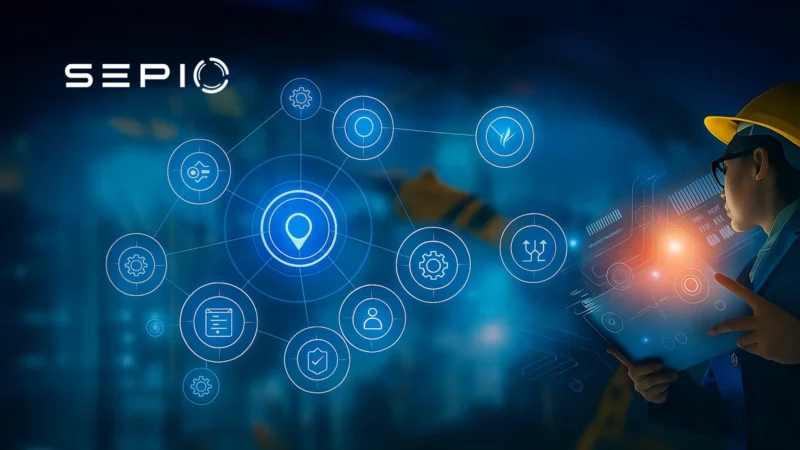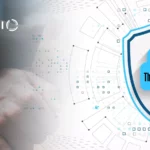What is OT Device Security and Why It’s Critical for Operational Technology?
OT device security focuses on protecting the hardware that control and monitor physical processes across industries such as manufacturing, energy, transportation, and utilities. Unlike traditional IT systems, which primarily handle data and communications, operational technology (OT) systems directly manage machines and industrial environments. This makes OT device security essential for safety, reliability, and uninterrupted operations.
OT systems include critical infrastructure components such as programmable logic controllers (PLCs), supervisory control and data acquisition (SCADA) systems, and distributed control systems (DCS). They form the backbone of industrial operations, ensuring that manufacturing plants, power grids, transportation networks, and other critical infrastructure run efficiently and securely.
Key Elements of Effective OT Device Security
- Complete Asset Visibility: Security teams must have full visibility of all OT devices on the network. Missing devices or unmonitored assets can create vulnerabilities that hackers may exploit.
- Continuous Monitoring: Proactively tracking OT devices and their activity helps detect anomalies before they escalate into serious incidents.
- Risk Mitigation: By identifying and addressing vulnerabilities in OT systems, organizations can reduce the risk of downtime, equipment damage, and safety hazards.
By prioritizing OT device security, businesses can protect their operational processes, maintain continuous production, and defend against evolving cyber threats.
For a comprehensive framework on OT security, organizations can refer to authoritative resources such as the NIST Guide to Operational Technology Security or the NCSC Operational Technology Guidance.
The Evolution of Industrial Revolutions and OT Security
Traditionally, OT device security was not a priority. OT systems were isolated from the internet, making them relatively insulated from external cyber threats. As digital innovation (DI) initiatives expanded, however, IT and OT networks began to converge. Organizations often implemented point solutions to address specific vulnerabilities, creating a fragmented ecosystem of tools that struggled to communicate. This complexity led to limited OT device visibility and gaps in overall OT security.
The First Industrial Revolution began in the 18th century, introducing mechanization through water and steam power. Today, we are in the midst of the Fourth Industrial Revolution (Industry 4.0), which brings unprecedented connectivity and automation to industrial processes. A key component of Industry 4.0 is Cyber-Physical Systems (CPS), which tightly integrate IT and OT networks to enhance efficiency, productivity, and resource management.
While this connectivity drives performance improvements, it also introduces new vulnerabilities. As OT systems become more interconnected, organizations increasingly depend on robust OT device security to protect the physical processes that drive manufacturing, energy distribution, transportation, and other critical infrastructure.
Why OT Device Security Is Critical for Industrial Environments?
Operational Technology (OT) is defined by Cisco as the hardware and software used to monitor and control physical processes. OT includes essential components such as valves, pumps, sensors, and industrial control systems (ICS) that support day-to-day operations in industrial environments like manufacturing plants, energy facilities, and transportation systems.
OT is closely linked to Industrial Control Systems (ICS), which automate and manage industrial processes. It also relates to the Industrial Internet of Things (IIoT), which uses IoT technologies for data collection and analysis in complex environments.
Critical infrastructure relies on OT, and we, as nations, rely on critical infrastructure for national security. Hence, the continuous operability of OT is essential to maintaining operational security. Such dependency makes OT assets an extremely valuable target, a target that has become more accessible since converging with IT. The increased vulnerability is very worrying as any OT downtime causes subsequent disruptions to OT networks and network security… Recent incidents like the Colonial Pipeline and JBS Foods attacks highlight the significant national security risks posed by threats to critical infrastructure. To protect these assets, organizations must adopt comprehensive OT device security strategies, coupled with enhanced OT device visibility to manage network security risks effectively.
Malware and State-Sponsored Attacks on OT
OT systems are frequently targeted by malware attacks, due to their disruptive potential. There are several hackers with differing motives whom would wish to sabotage OT environments. One such player is state-sponsored groups, who seek to undermine an adversary’s national security to advance their agenda. Cyberwarfare is becoming a more viable tactic, with nation-backed actors using advanced resources to disrupt infrastructure.
Terrorist organizations also see OT as a prime target. OT disruptions, with 45% posing physical safety risks, create societal fear and doubt in government’s ability to maintain operational security. Even without fatalities, such attacks still achieve the primary goal of terrorism. Generating widespread fear and irrational reactions. Financially motivated hackers, too, see value in attacking OT. Infrastructure entities cannot tolerate downtime and are often incentivized to meet monetary demands to resume operations.
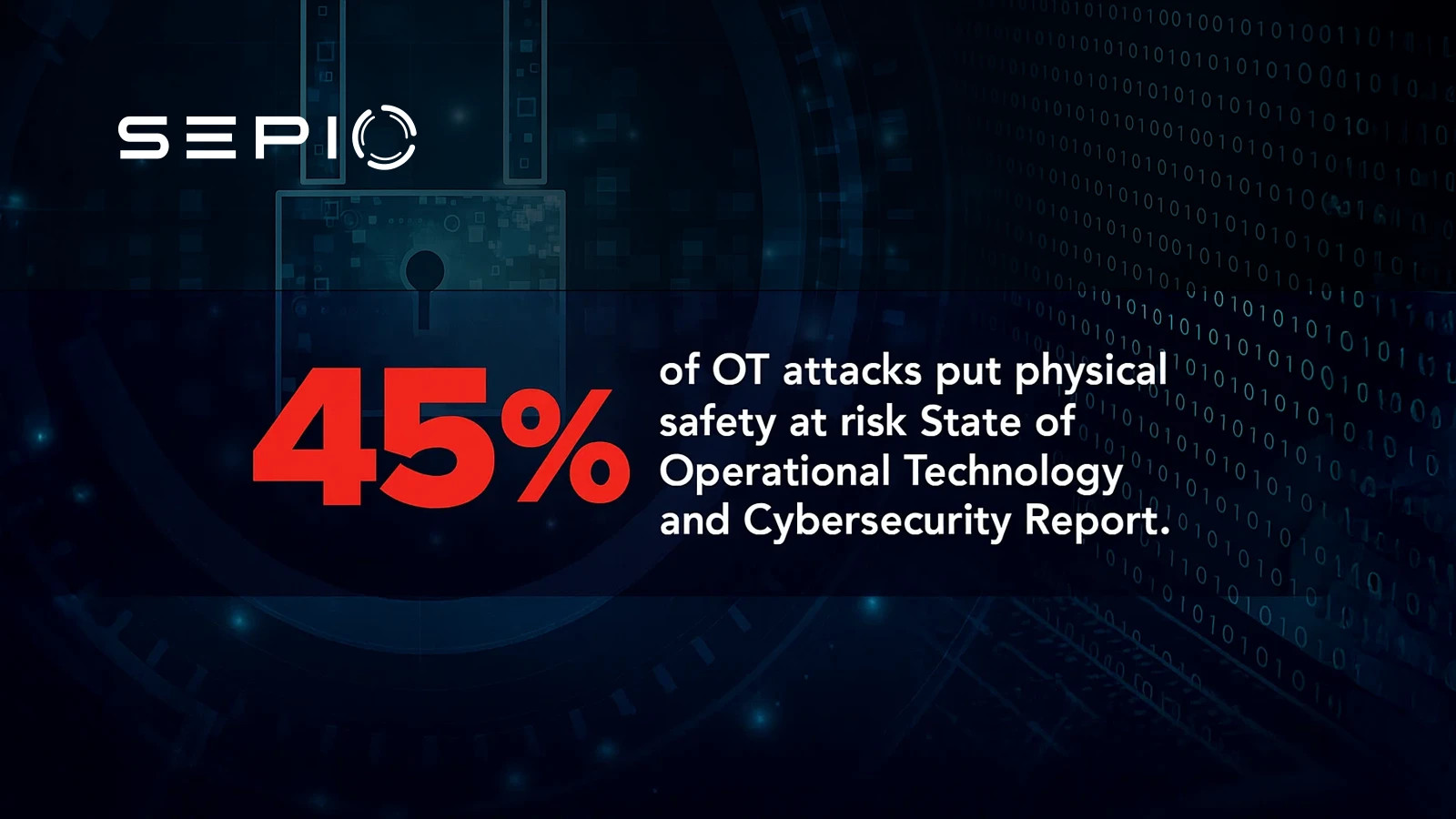
Security Risks of IT/OT Convergence
Industry 4.0 has increased OT accessibility. The integration of IT and OT means that IT can serve as a gateway to OT. An attack on the IT environment can also, intentionally or not, affect the OT environment. Hardware-based attacks are one such threat taking advantage of IT/OT convergence. Hardware attack tools, require physical access, and the countless endpoints in the IT environment all act as an entry point to OT. Worryingly, research by Honeywell found that 79% of threats originating from removable media are capable of disrupting OT device security.
Because of these risks, organizations must not only harden existing environments but also make informed choices when adopting new OT products and solutions. Security should be treated as a critical factor in procurement, ensuring that devices and systems are resilient by design. To support this effort, the NSA & CISA Joint Guidance on Secure OT Product Selection provides best practices for evaluating and selecting OT solutions that reduce risk and enhance resilience against modern threats.
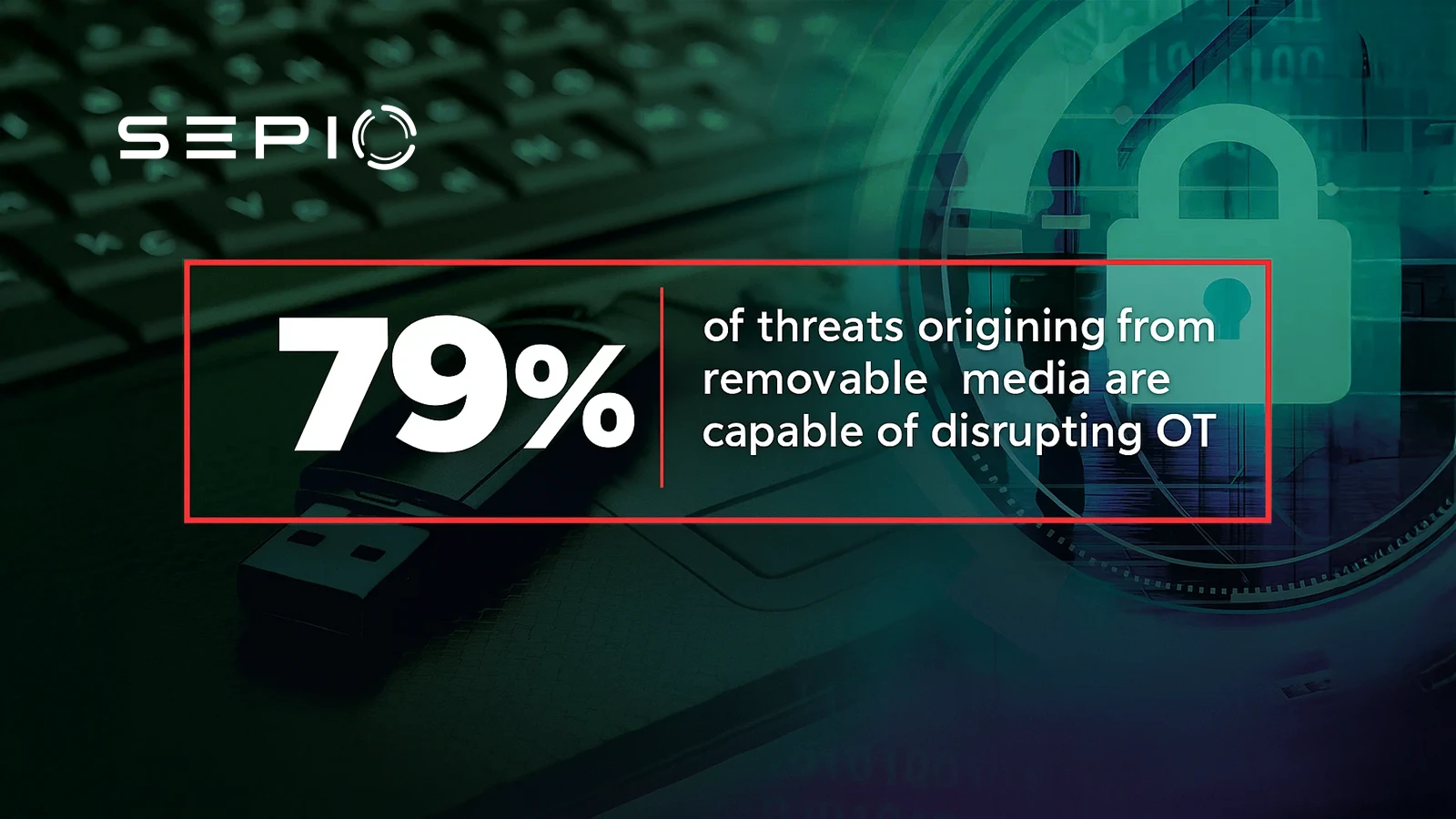
Common OT Device Security Vulnerabilities
Hardware attack tools can bypass security controls like Network Access Control (NAC), Intrusion Detection Systems (IDS), and IoT security. They do this by exploiting a lack of visibility at Layer 1. Spoofing devices and hidden implants can evade detection, compromising even the most stringent security operations.
A recent study by ESET found that 100% of attacks compromising air-gapped networks did so using a weaponized USB device. Of course, IT/OT convergence has seen a decline in air-gapping as the two contradict each another. However, even Zero Trust, which is often relied on as a robust defense mechanism against the cybersecurity risks associated with Industry 4.0, is insufficient in defending against hardware-based attacks.
By exploiting the physical layer blind spot, rogue devices manipulate access controls to gain network access, move laterally, and circumvent microsegmentation policies. To counteract this, enhanced OT device visibility is critical in identifying and mitigating potential hardware-level threats within the network infrastructure.
OT Device Security
The primary challenge in OT device security is the lack of visibility into existing network assets. As a result, security operations and policy enforcement become ineffective without comprehensive knowledge of the devices operating within the infrastructure. Therefore, OT device visibility is the foundation for securing OT networks and keeping network security operations running smoothly.
Sepio’s asset risk management platform fills the visibility gap in networks by offering complete OT device visibility. By doing so, it ensures that no device goes unmanaged by identifying, detecting, and handling all IT, OT, and IoT devices. Consequently, this visibility strengthens policy enforcement and enables Rogue Device Mitigation by instantly detecting and blocking unapproved hardware through automated third-party tools. In addition, the Zero Trust Hardware Access (ZTHA) approach protects the first line of defense and prevents the bypassing of Zero Trust security protocols.
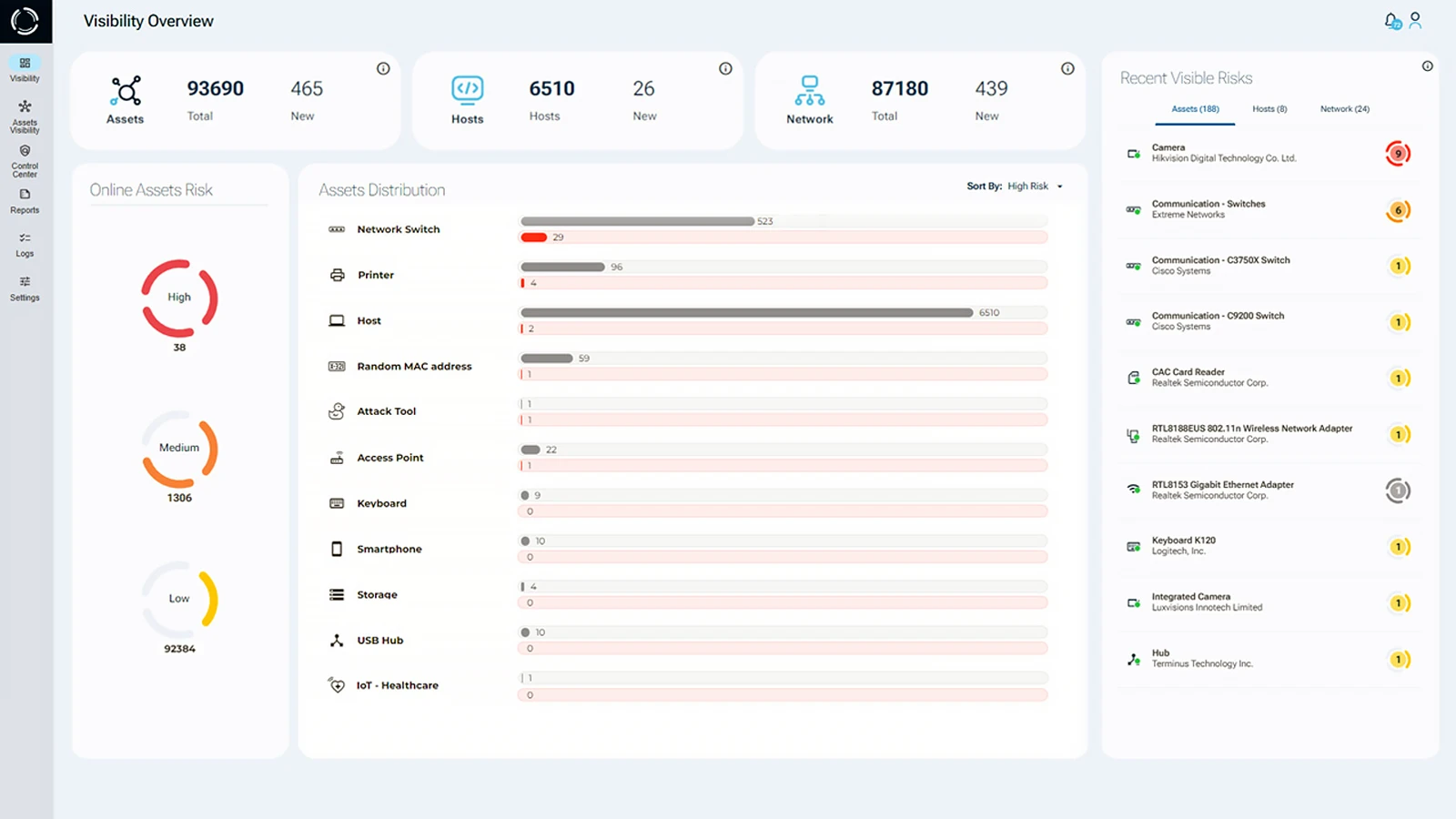
Sepio operates without the need for hardware resources or traffic monitoring. Within 24 hours, it delivers complete network asset visibility and identifies previously undetected rogue or vulnerable devices. This capability strengthens OT device security by providing organizations with real-time threat detection and mitigation tools.
Enhance your OT Device Security
Given that national security is at risk, infrastructure providers must therefore take immediate action to prevent harmful attacks. Rather than waiting for symptoms to appear, organizations should proactively address the root cause of the problem with Sepio. By doing so, they can enhance their OT device security and ensure that security operations remain resilient even in the face of sophisticated cyberattacks.
For more detailed guidance on best practices and principles for securing OT systems, see the Principles of OT Cybersecurity.
Ensure that all known and shadow network assets are visible, while effectively prioritizing and mitigating cybersecurity risks. Schedule a demo to learn more about Sepio’s patented technology and take the first step in securing your infrastructure.
